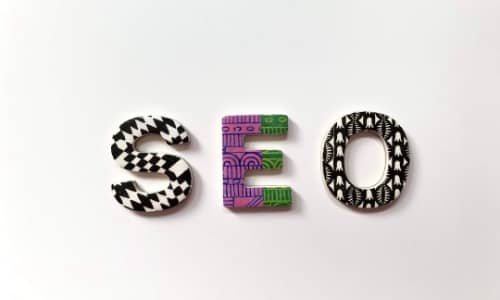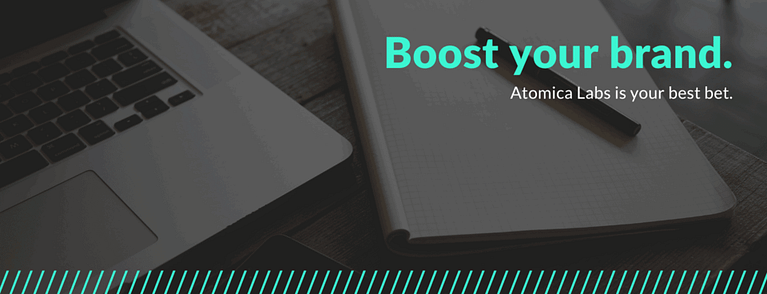Getting Started with Instagram Ads (Guide)
Getting Started with Instagram Ads (Guide) – Are you currently managing multiple ad campaigns across various platforms like Google, Facebook, LinkedIn, and Twitter? If so, you might be wondering if it’s worth investing in additional budget for Instagram advertising and whether it can provide a return on investment (ROI). Alternatively, if you’re just starting out, you may be curious about the trackable ROI benefits of Instagram marketing. The answer to both questions is a resounding “yes.” game slot
With over two million advertisers already utilizing Instagram to run paid ads, your ecommerce brand will be in good company. Surpassing Facebook, Instagram boasts more than one billion monthly users. Sixty percent of Instagrammers use the platform to discover new products, and over 200 million individuals visit business profiles on a daily basis. Furthermore, as 25 million brands actively maintain profiles on Instagram, business solutions are continuously optimized.
Instagram is the leading platform for visual storytelling, and armed with the right tools and knowledge, you can effectively convey visual narratives through various ad formats that deliver trackable ROI.
What are Instagram Ads and Why Should You Run Them?
Instagram ads refer to paid video or image posts published on the platform by online businesses. These ads can be linked directly to your brand’s account, any URL of your choice, or your direct messages. Since Instagram is part of Meta Technologies (formerly Facebook), you can design Instagram ads using the Facebook Ads Manager.
Now, why should you start advertising on Instagram? In 2019, organic reach on Instagram has become incredibly challenging due to the proliferation of brand profiles and sponsored content. To overcome market saturation and reach specific buyer demographics, you need to invest in paid advertising. Fortunately, there are several advantages to consider when exploring paid Instagram marketing.
1.Flexible Pricing: There is no fixed price for advertising on Instagram. Instead, you create a bid for your ad placement. On average, you can expect to pay between 20 cents and $2 per click (CPC) for an Instagram campaign. If you prefer to focus on impressions and run your ads on a cost per mille (CPM) basis, the average cost would be around $4-$8 per 1,000 visitors. The price is determined by factors such as your bid amount, ads’ relevance score, and estimated action rates.
2. Platform Growth and User Behavior: Users spend an average of 50 minutes per day on Facebook, Instagram, and Messenger. In the U.S., one in every five minutes spent on mobile is dedicated to Instagram or Facebook. With Instagram being one of the fastest-growing social platforms globally, these statistics highlight that users are consistently engaged on the platform, consuming personalized content through their feeds.
3. Instant Ad Publication: On Instagram, you can submit your ad and receive approval within a few hours. The quick turnaround time allows you to start promoting your products immediately. BigCommerce users enjoy the additional benefit of syncing their store with Instagram ads that link directly to product pages.
4. Easy Setup: Creating and launching Instagram ads is a straightforward process. Simply select one of your existing photos to advertise and align it with a target audience to achieve your goals. Here’s how it works:
- Connect your Facebook page to your Instagram account.
- Create your ads within the Facebook Business Manager dashboard.
- Submit your ads for approval.
- Track your results using the Facebook pixel and conversion goals within the Facebook Business Manager.
5. Segmented Targeting: Instagram Ads leverage Facebook’s advertising capabilities, providing you with extensive segmentation and targeting options. You can specify your target audience’s geography, demographics, behaviors, interests, and more. Additionally, you can target your own followers, including users who have interacted with your website or owned social platforms.
Determining Your Advertising Goals:
Before diving into copy and creative brainstorming, audience building, and directing users to specific URLs or profiles, it’s essential to establish your Instagram advertising goals. Consider the following questions:
- Is your target audience active on Instagram? If so, how can you create audiences that closely align with your target demographics?
- Based on your buyer personas and target markets, how likely are users to engage with your content on Instagram?
- Do Instagram user demographics match your customer profile? How can you segment these audiences effectively?
Fortunately, Instagram provides robust audience-building capabilities, allowing you to reach the exact audience you desire through precise targeting options:
- Target people in specific locations, such as states, cities, towns, provinces, or countries.
- Use demographic data to display ads to users of a certain age, gender, or language.
- Reach users based on their interests, apps they like, specific ads they click, or accounts they follow.
- Advertise based on user behavior, targeting campaigns to users based on their Instagram and Facebook activity.
- Customize your ad reach using existing email addresses or phone numbers.
- Build lookalike audiences based on existing customer information.
- Leverage “Automated Targeting” to create an audience of users who might be interested in your business using various signals.
Creating Quality Visual Content:
To succeed with Instagram advertising, it’s crucial to have visually appealing and well-designed content. For ecommerce companies, there are numerous ways to showcase your products, including videos, product photography, and lifestyle photography. Instagram’s user base appreciates aesthetic quality, so ensure your content meets their expectations when preparing for ad creation.
Choose the Right Ad Type for Your Goals:
Your advertising goals will dictate the type of ads you should run on Instagram. Facebook/Instagram Ads Manager offers 11 marketing objectives divided into three categories. For Instagram, you can run campaigns for the following objectives:
- Brand Awareness: Increase awareness of your brand by showing ads to people likely to be interested.
- Reach: Increase the number of people who see your ads and how often they see them.
- Traffic: Drive users to your website, app, or messenger.
- Engagement: Encourage users to engage with your page through post engagement, event responses, page likes, or offer claims.
- App Installs: Direct users to your app page for downloads.
- Video Views: Increase the number of people viewing your videos.
- Lead Generation: Collect relevant information from potential leads through lead generation ads.
- Conversion: Drive users to take specific actions on your website or app. Ensure you have the Facebook pixel installed to track conversions effectively.
In conclusion, incorporating Instagram advertising into your marketing strategy can yield significant ROI. With its extensive user base, flexible pricing, instant ad publication, and powerful targeting capabilities, Instagram offers a valuable platform for promoting your brand, products, and services. By understanding your advertising goals, creating compelling visual content, and selecting the appropriate ad types, you can leverage Instagram’s potential to achieve success in your marketing campaigns.





